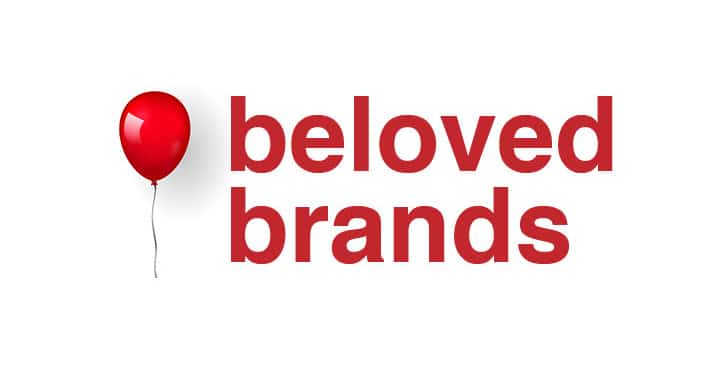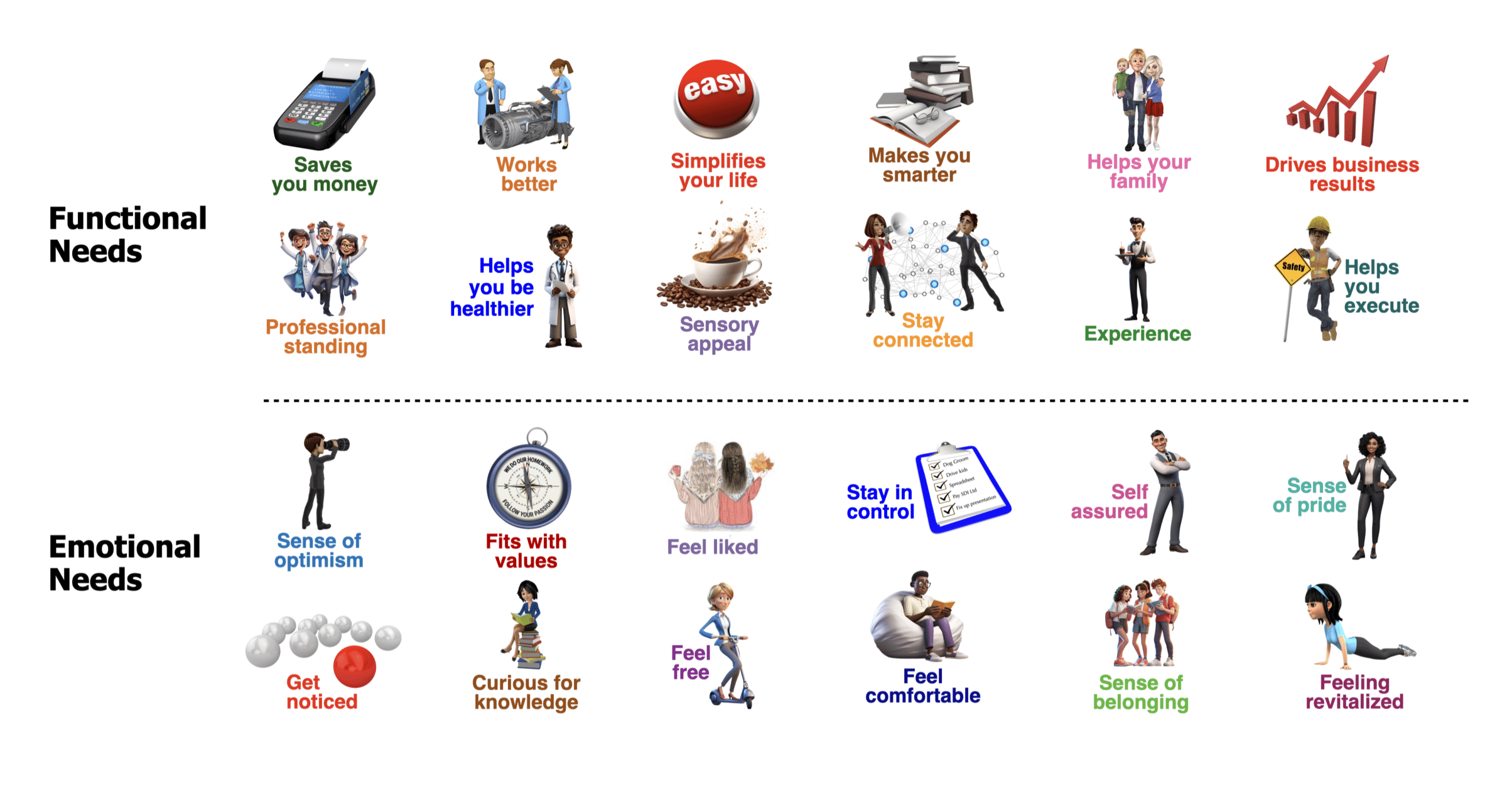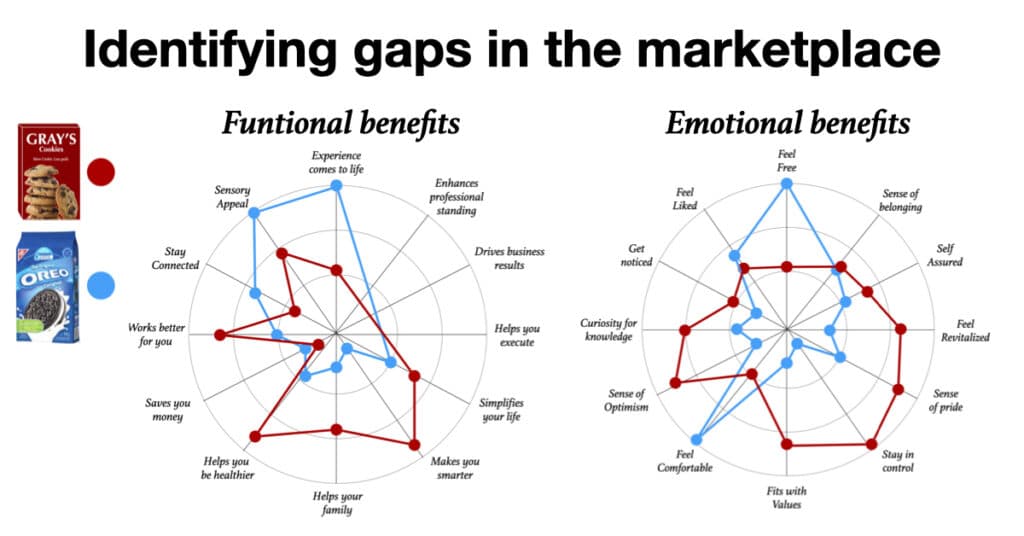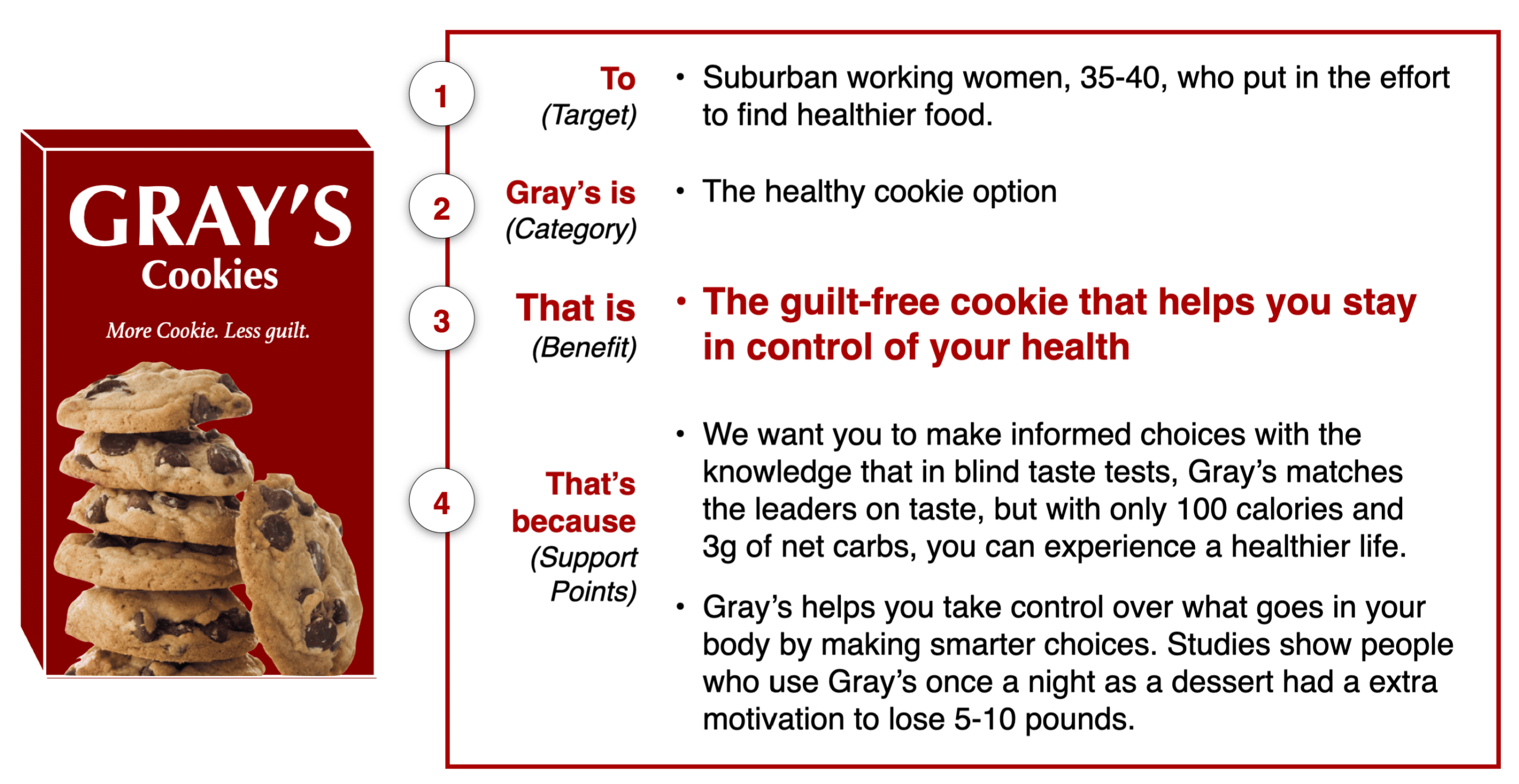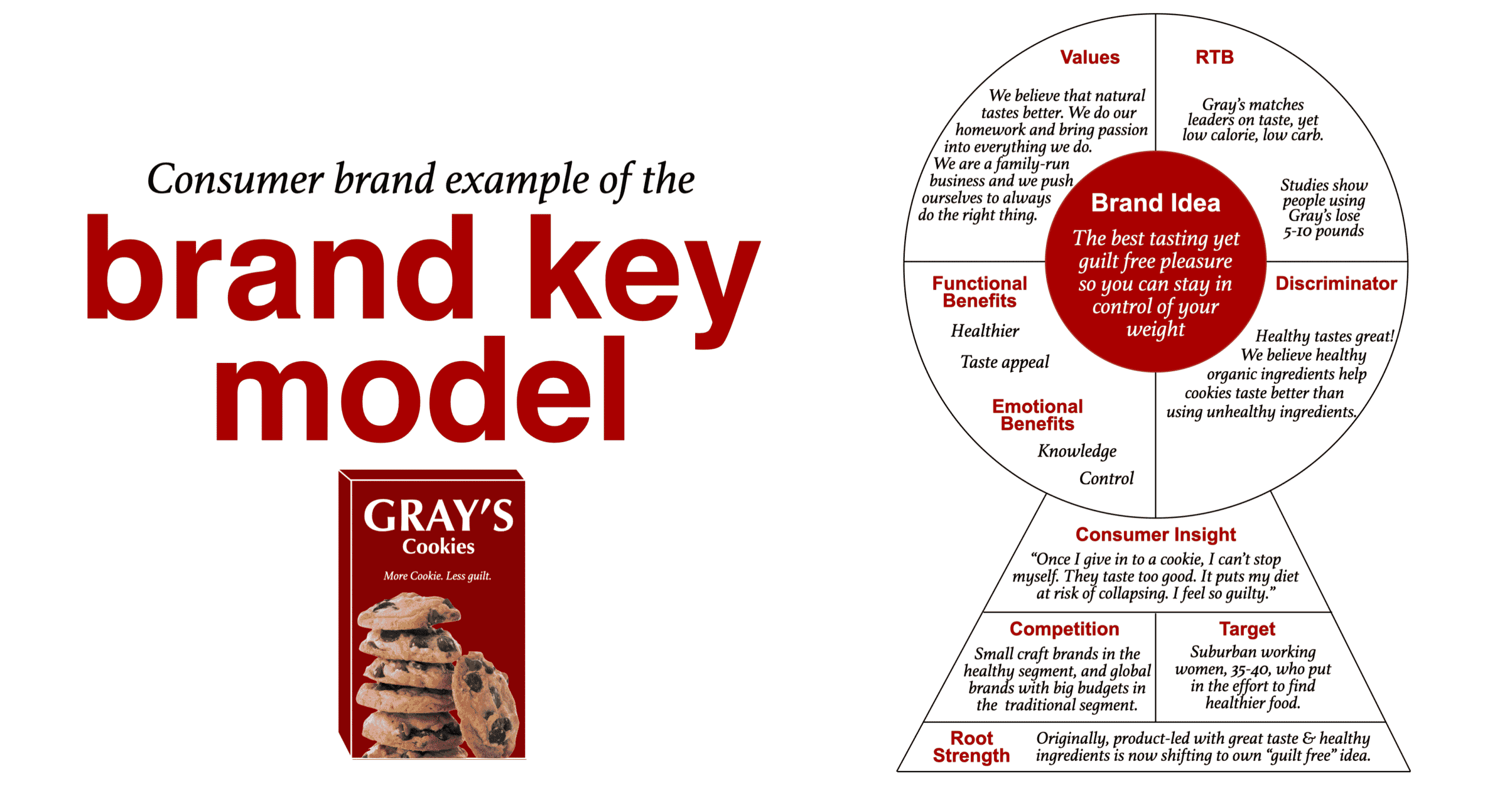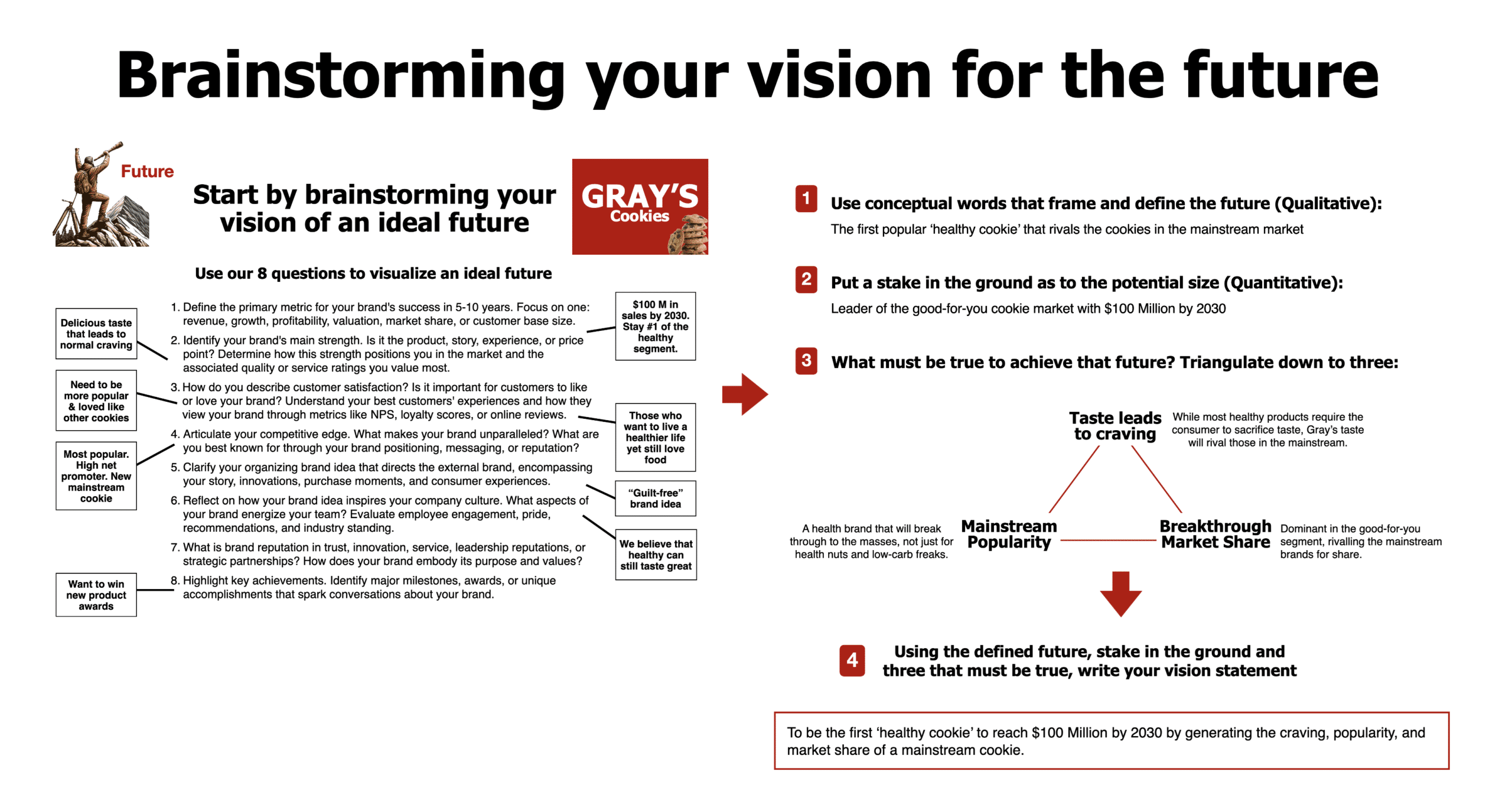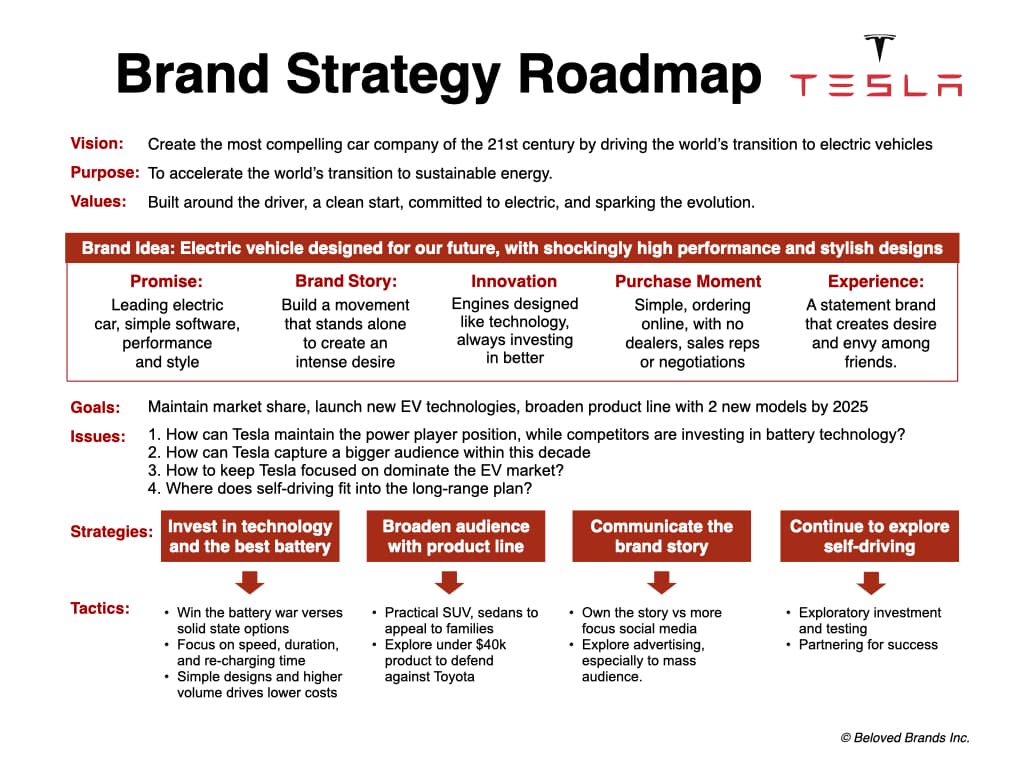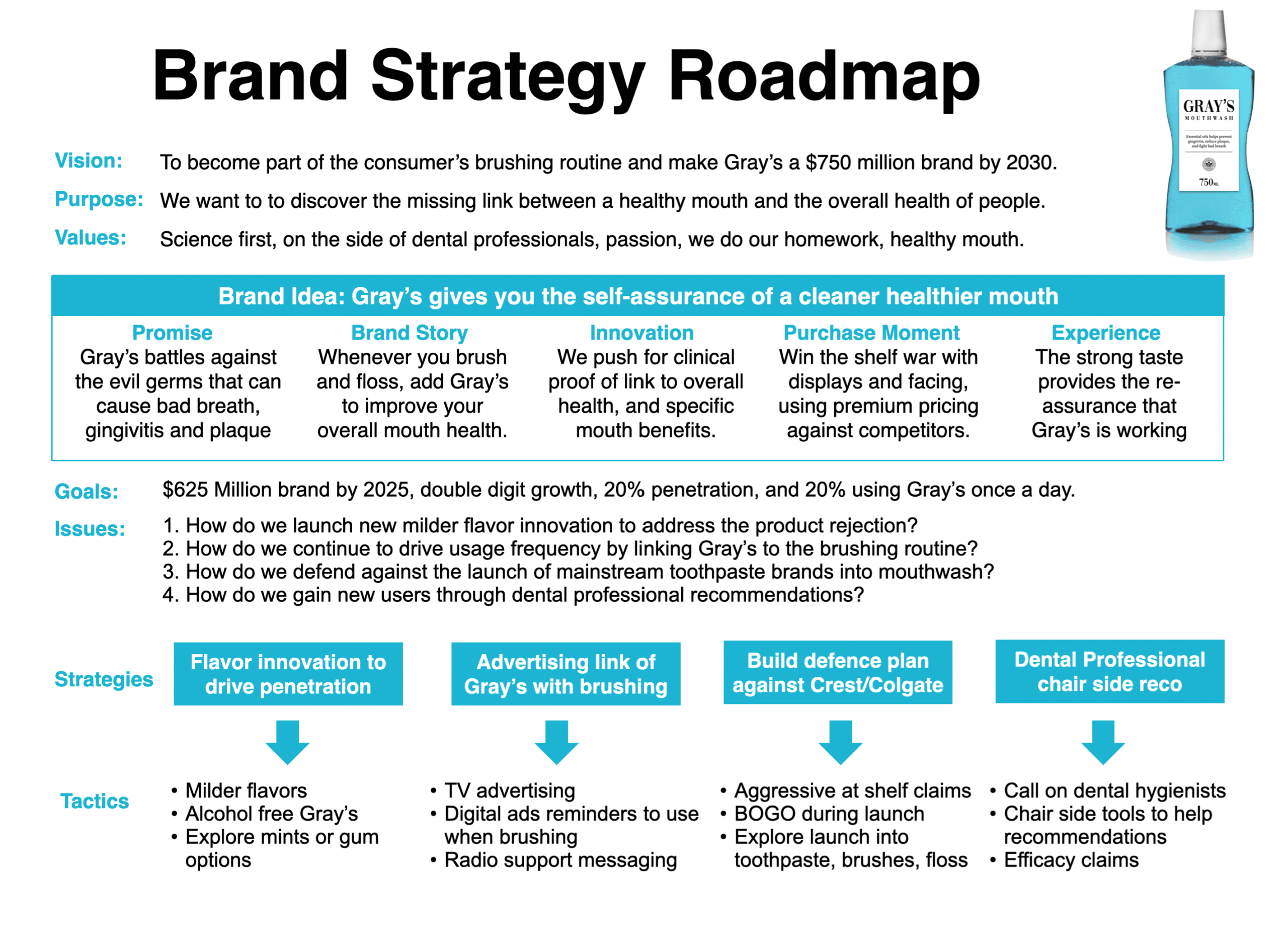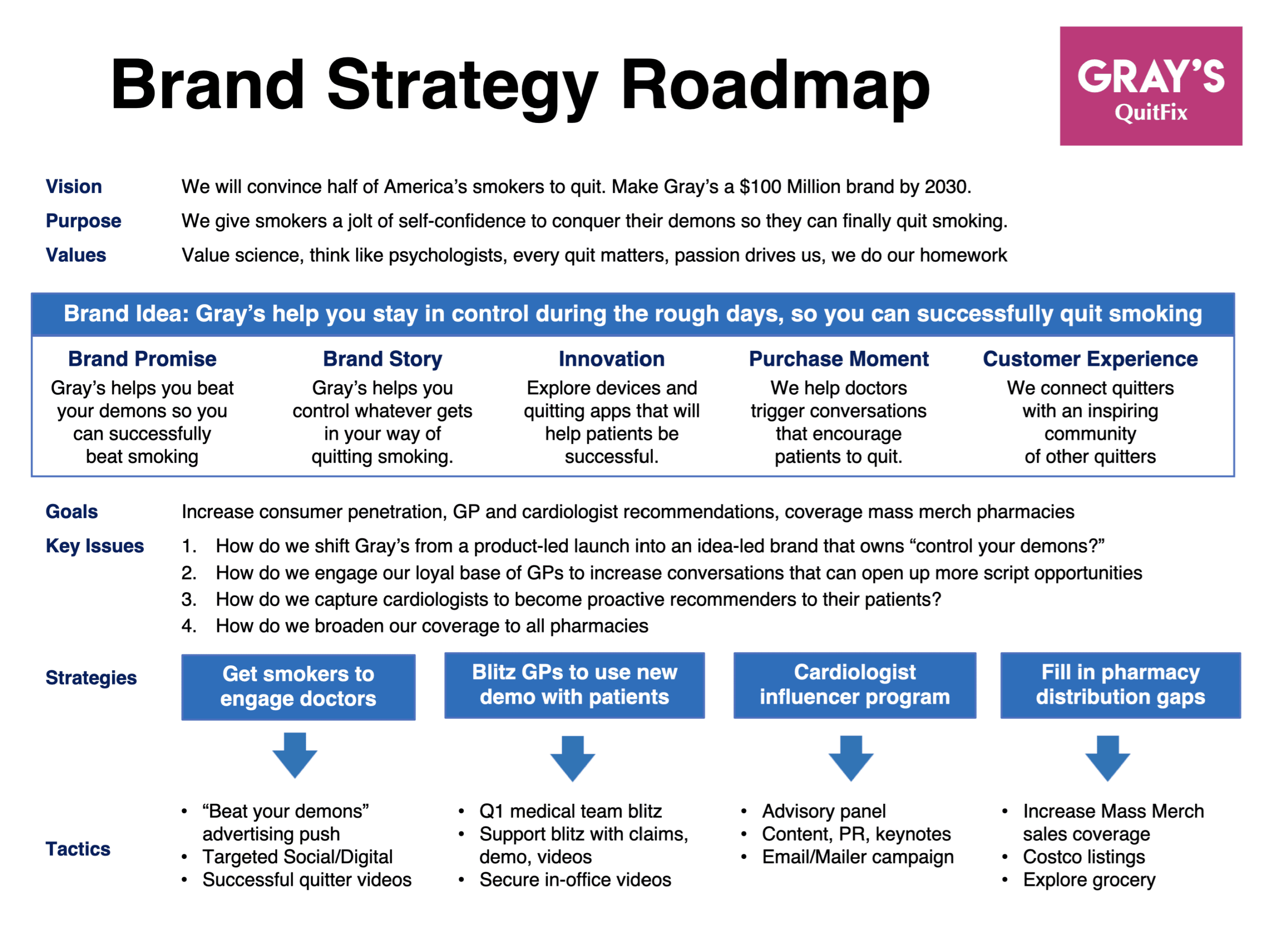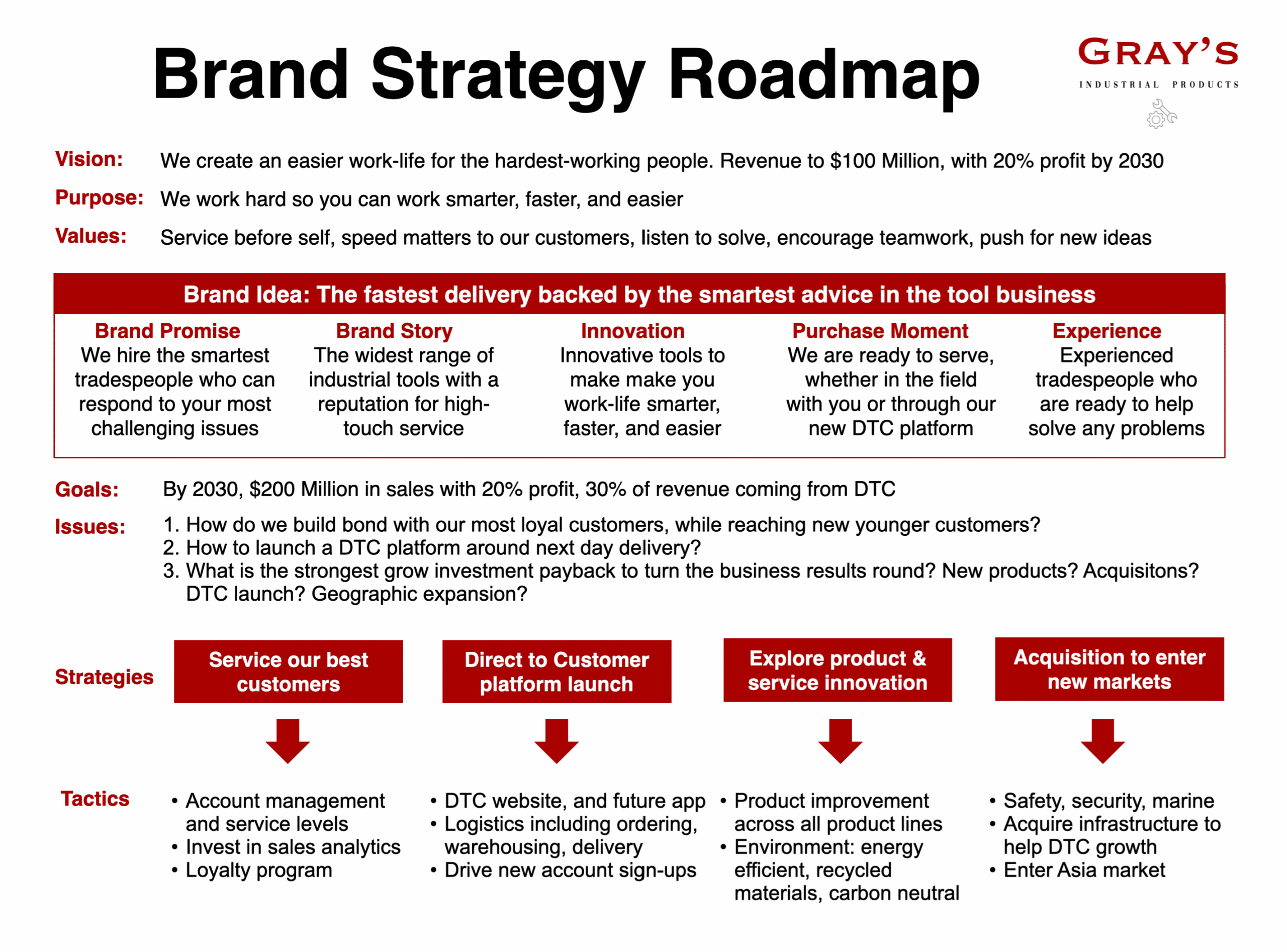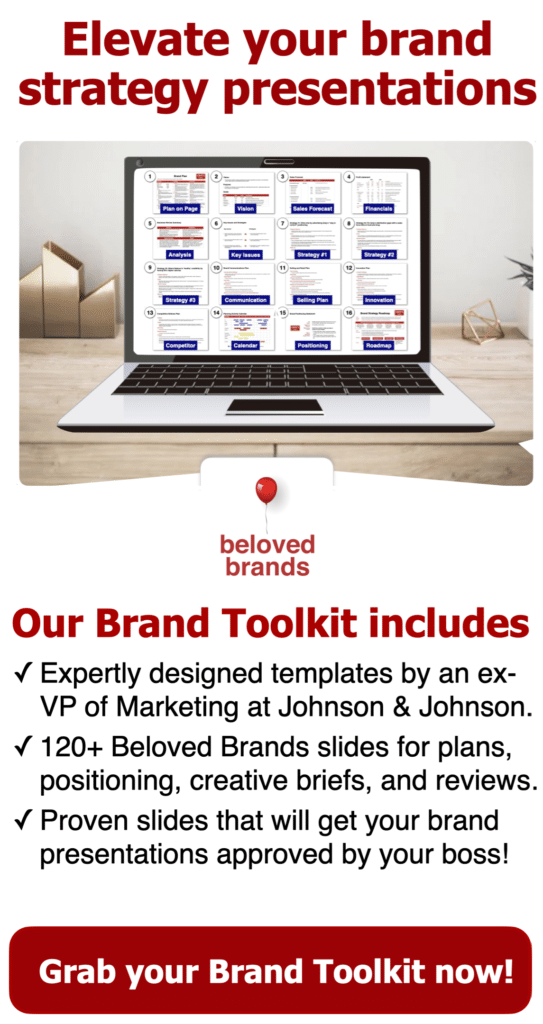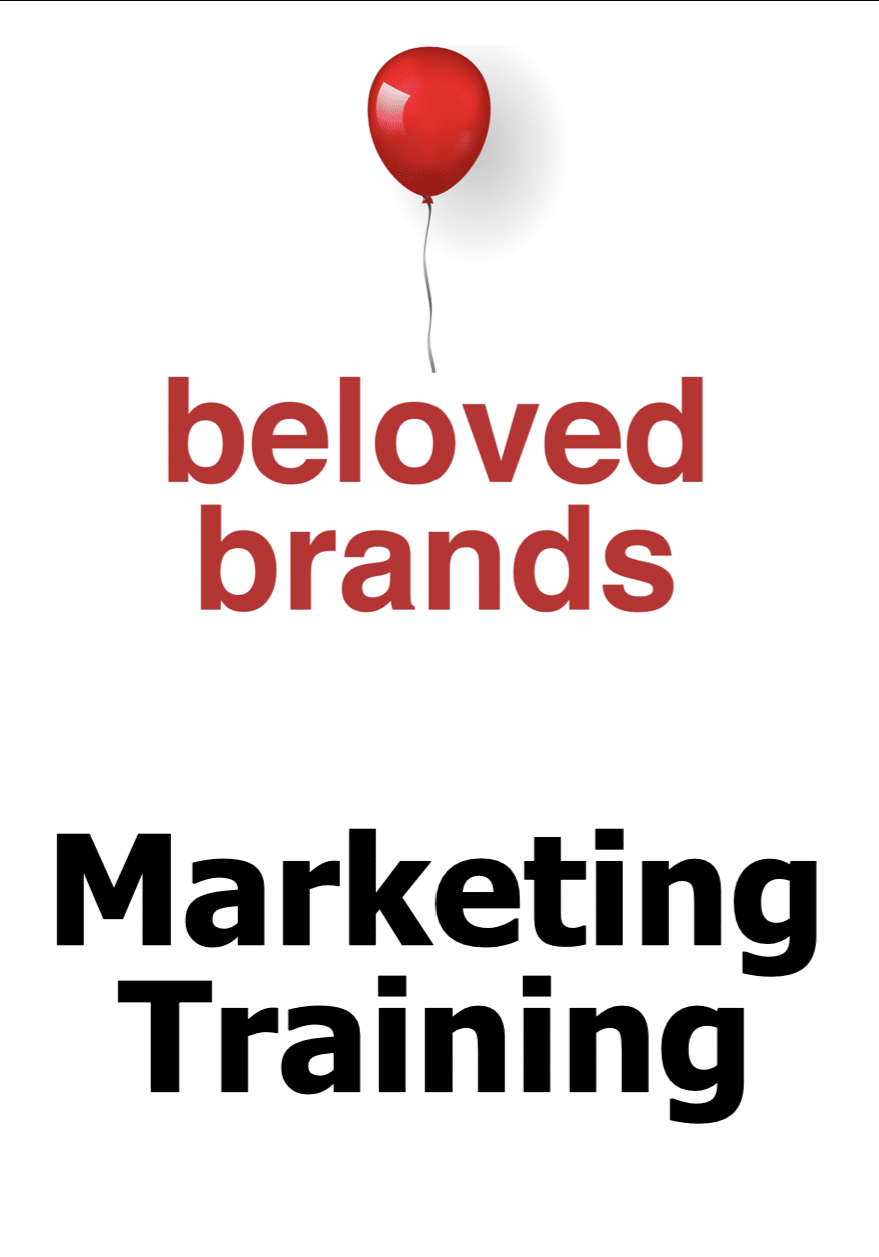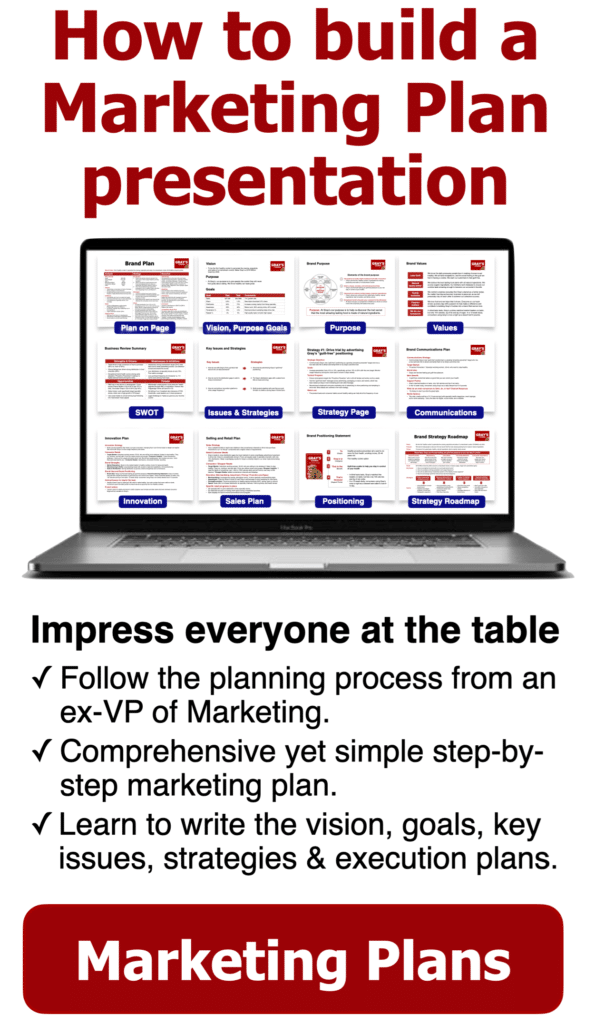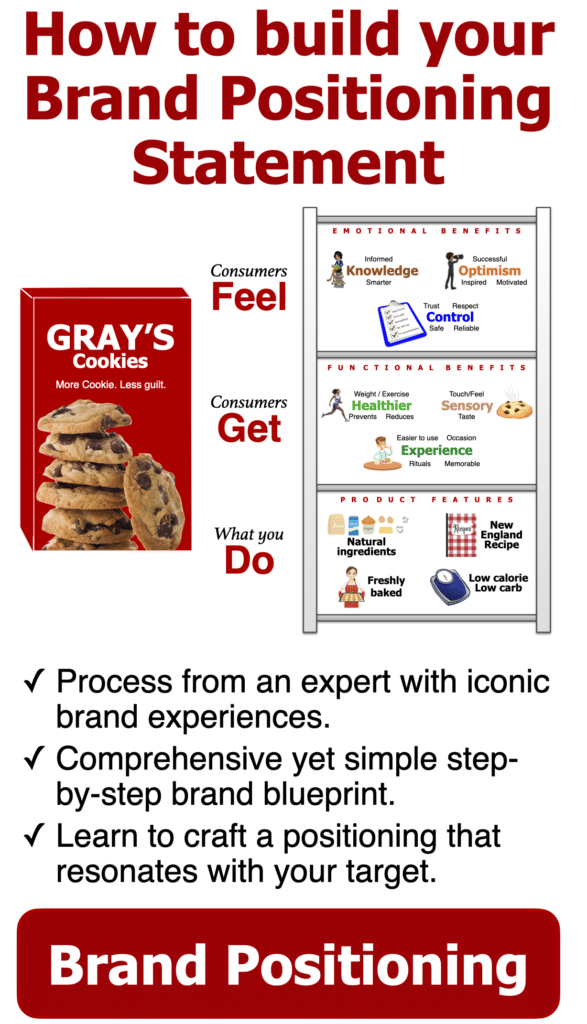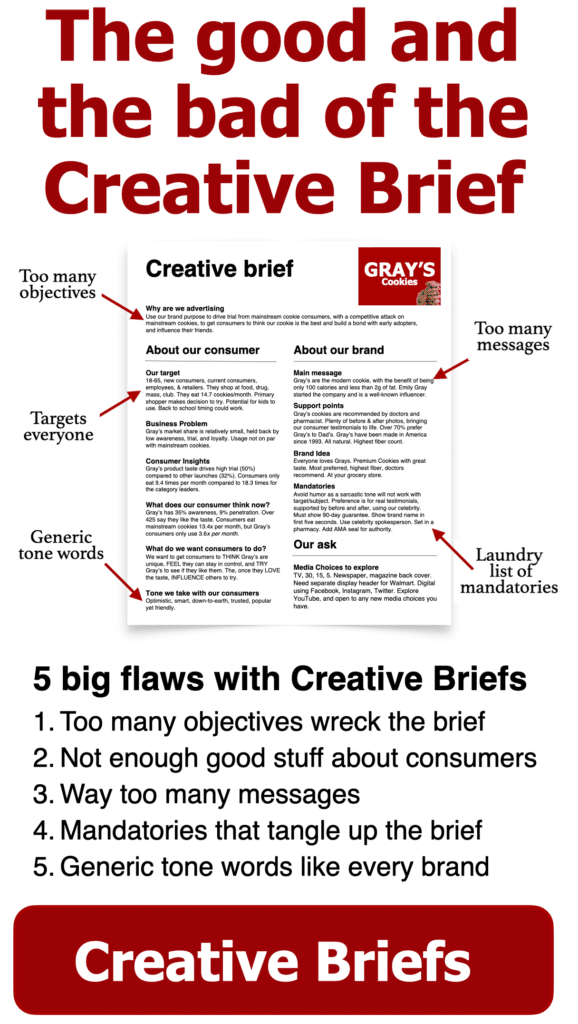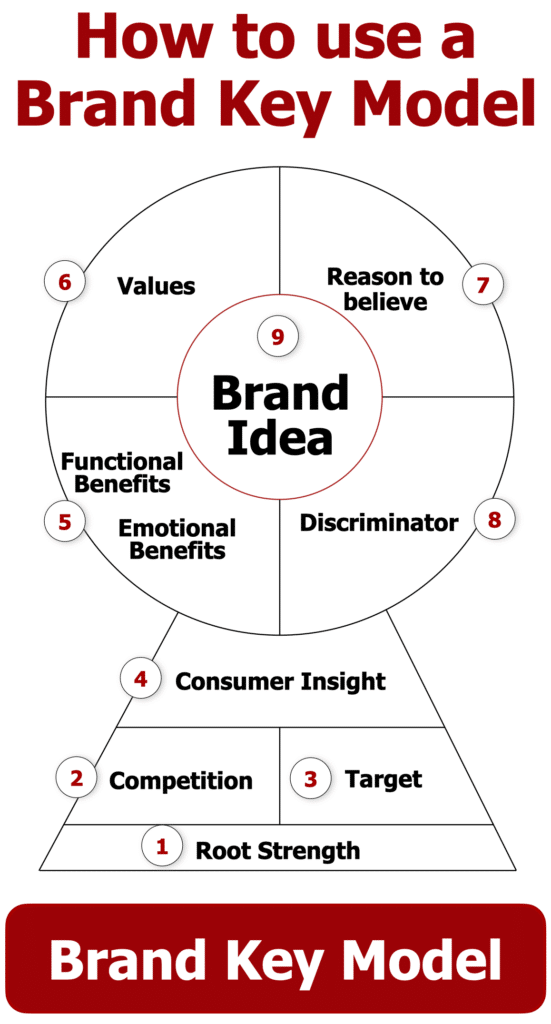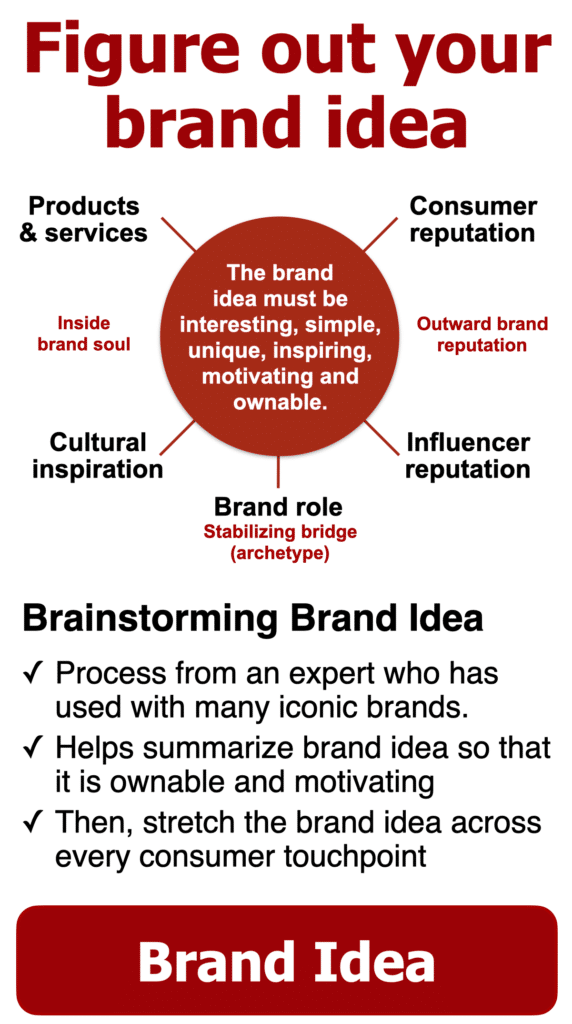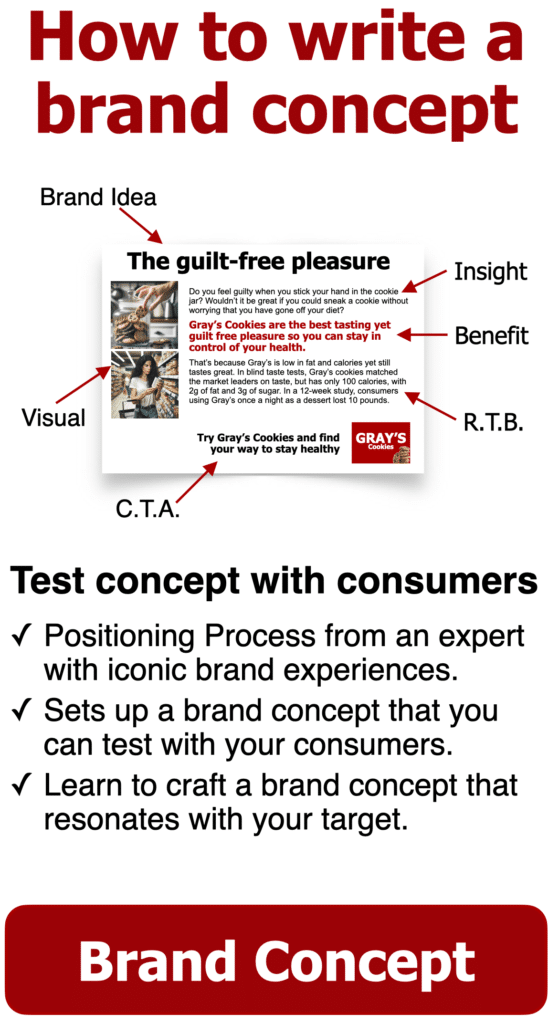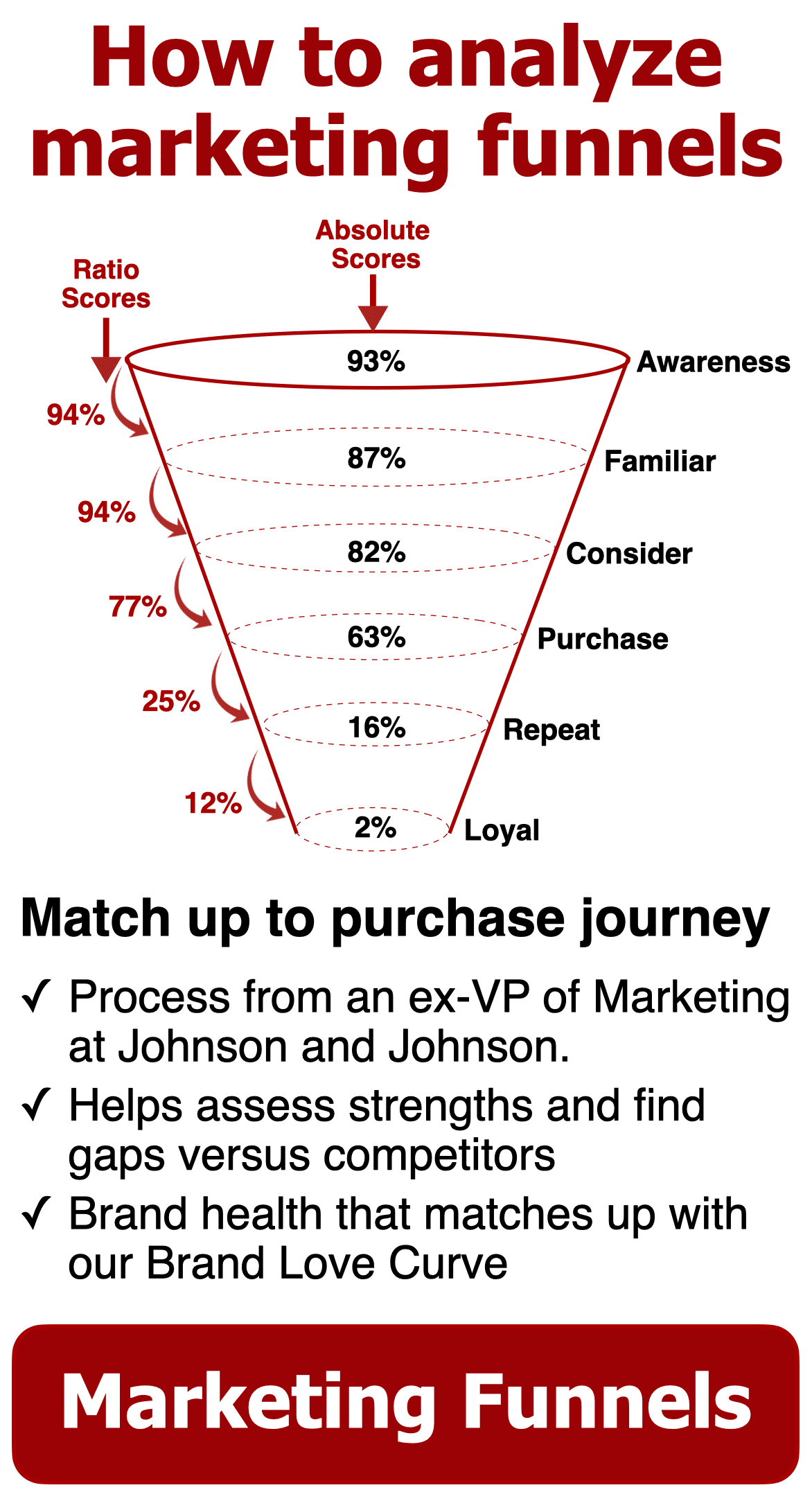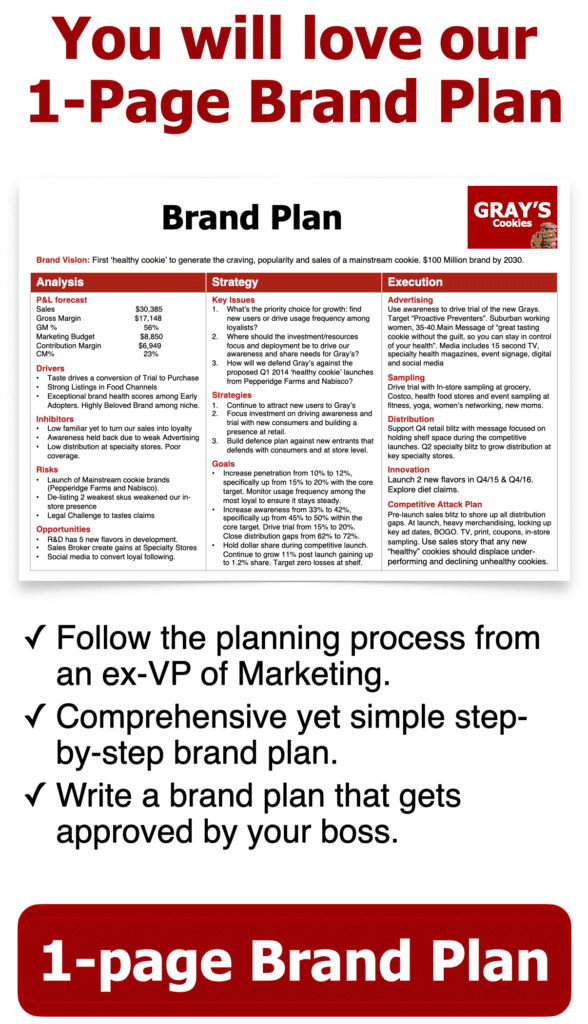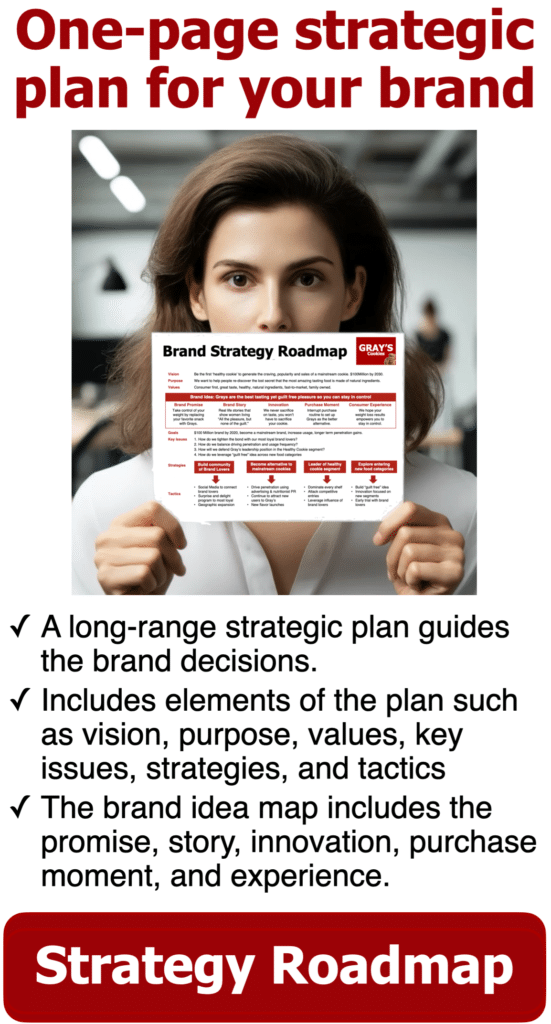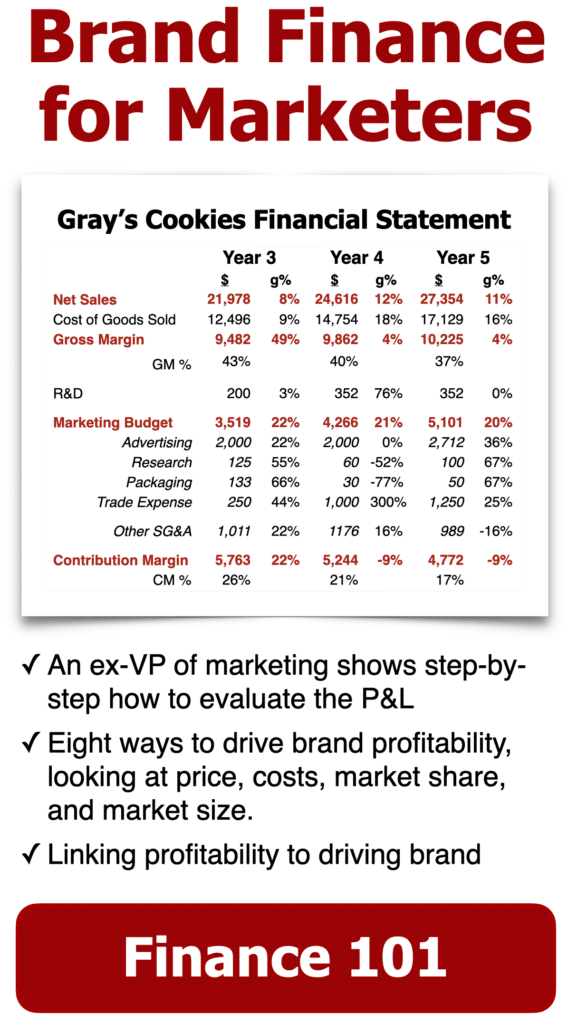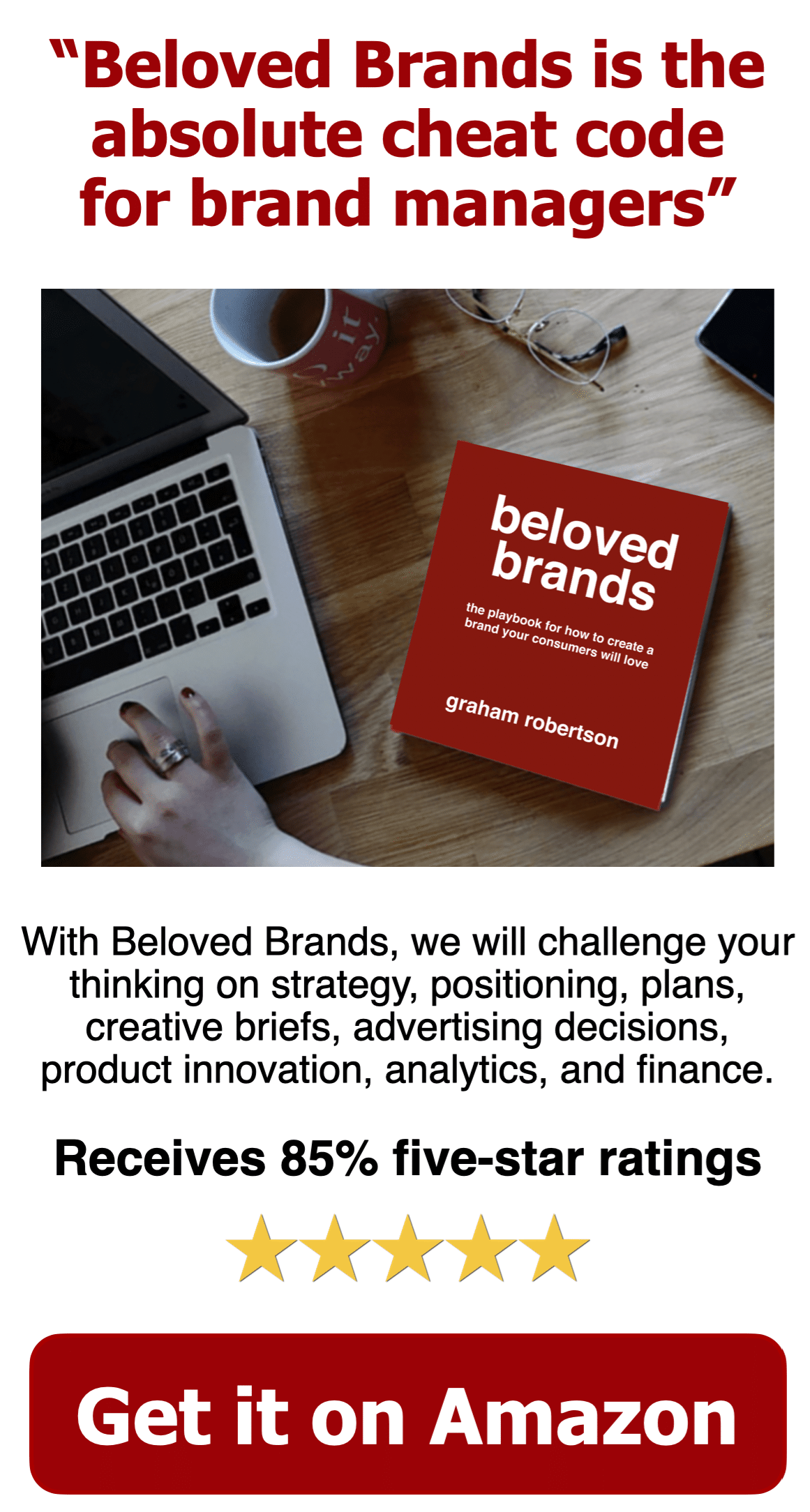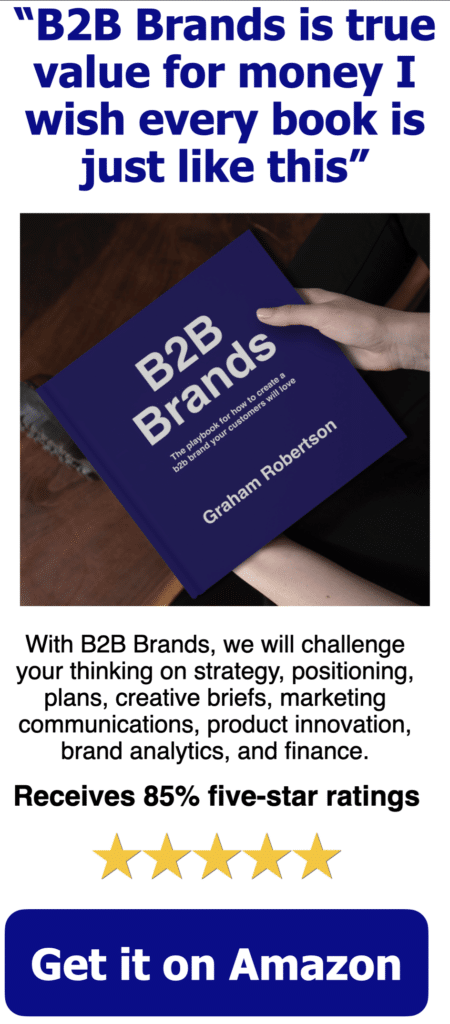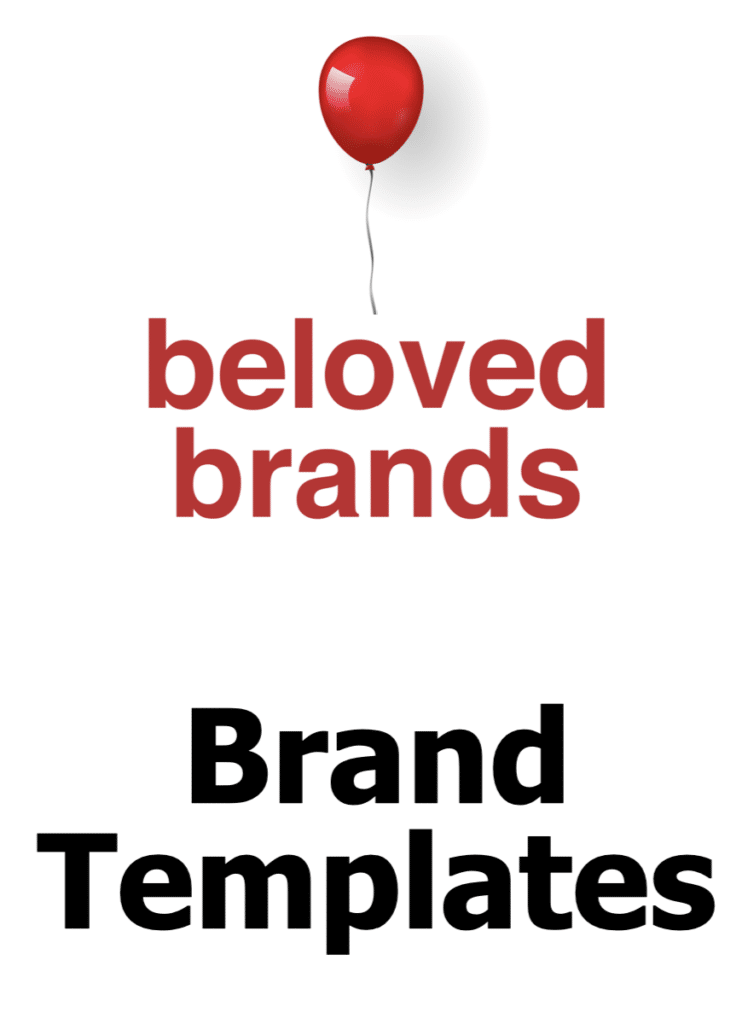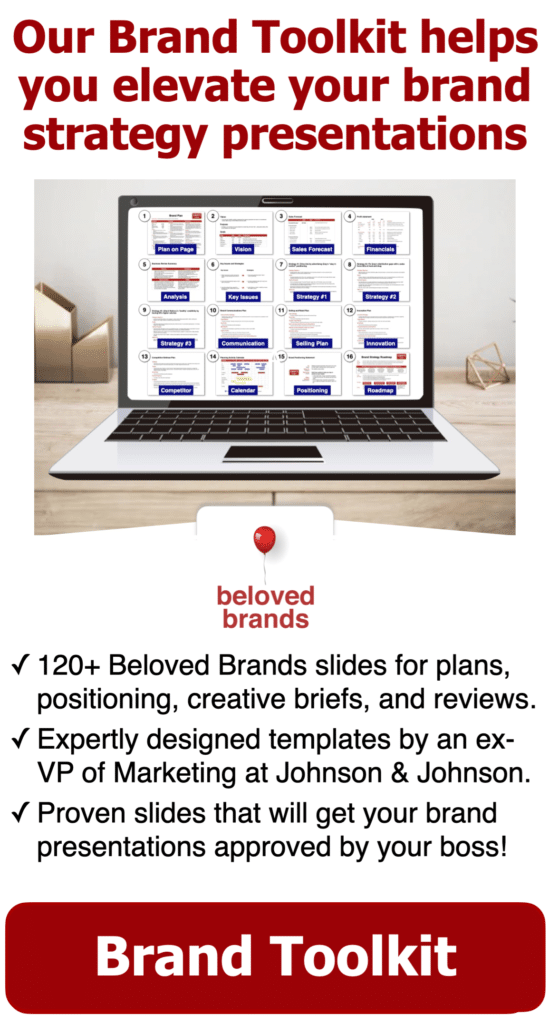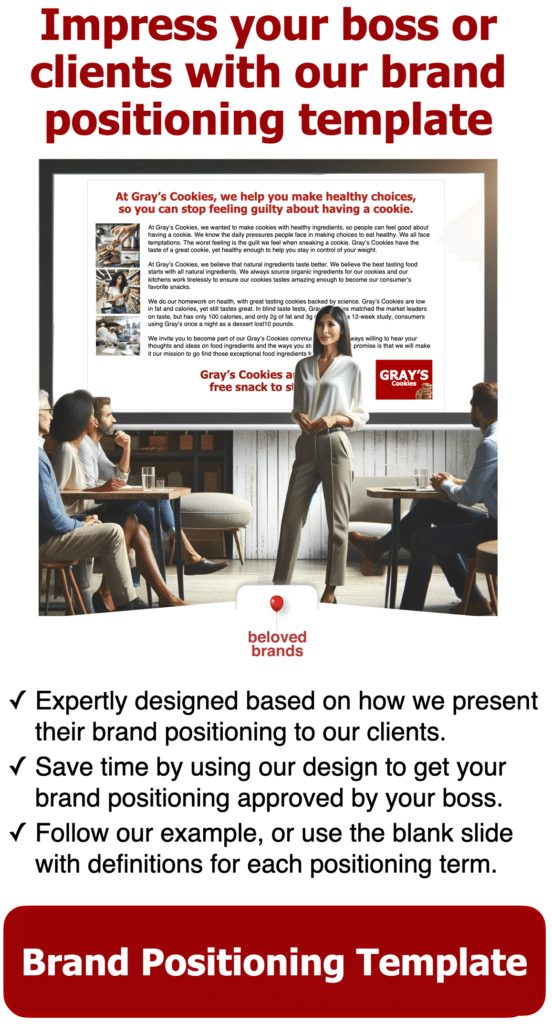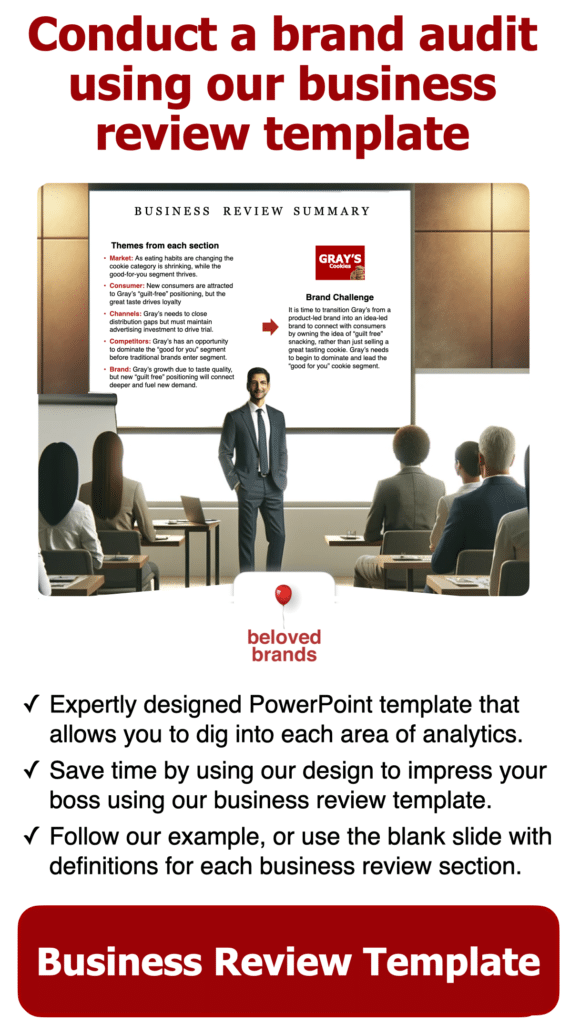A brand strategy is a plan for building your reputation and image. It helps understand your customers better and create a unique identity. Dig in to define your target market. Build your brand positioning statement. Create a brand vision for the future. Set your goals. Then build a strategy plan that lays your issues, strategies and tactics.

Define your target audience.
A brand strategy should start with defining who your ideal consumer target audience is. This includes understanding their needs, with consumer insights that adds flavor to the target definition. Then, you can figure out how kind the products or services your company offers should be positioned. You also need to consider where your target market shops and where they live online.
Focus on those who are the most motivated by what you do.
There is this myth that a bigger consumer target will make the brand bigger, so scared marketers targets ‘everyone’. For instance, there seems to be an irrational fear of leaving someone out. Spreading your brand’s limited resources across an entire population is completely cost-prohibitive. While targeting everyone “just in case” might feel safe at first, it is riskier because you spread your resources so broadly. You will never see the full impact of what you want to see.
Before you dig in on the brand positioning, you want to understand the needs of the consumer.
We use 12 different functional needs and 12 different emotional needs. Knowing your consumer target, start thinking about what you think makes sense for them. These needs will come up later as we explore which consumer benefits to stand behind.
Consumer needs
To illustrate, click on the diagram to zoom in on this element of your brand strategy.
Identify your brand positioning.
Once you’ve identified your target audience, you need to identify your competition. What do they offer? How do they position themselves? Who are their customers? These questions will help you develop a clear picture of how your business compares to others in your industry.
Identifying gaps in the marketplace
To identify where you have opportunity, you can use market research to help plot your competitors. Plot each brand based on the functional and emotional benefits, and you will begin to see space where there may be opportunity for you to win. Below, you can see how Gray’s Cookies and Oreo match up when it comes to functional and emotional benefits. The farther from the center, the stronger that brand plays on that element. Oreo wins on sensory appeal, experience, comfort, and feel good. Gray’s has the opportunity to win on healthier, smarter, and stay in control.
To illustrate, click on the diagram to zoom in on this element of your brand strategy.
There are 4 elements that make up a brand positioning statement. Start with the definition of who will you serve. Then, lay out where you will play, and where you will win. To sum up, use support points for why consumers should believe you.
1. Who is the consumer target?
To start, define a slice of the population who is the most motivated by what your brand offers? However, don’t just think about who you want, but rather who wants your brand.
2. Where will you play?
Next, consider the competitive set that defines the space in the market your brand competes in. Brand positioning is always relative to who you compete against. For instance, a brand is never fast. But, it should be faster.
3. Where will you win
Most importantly, what is the main promise you will make to the consumer target? It should differentiate your brand to stand out as interesting, simple, unique, motivating, and own-able. Do not talk about what you do. (features) Talk about what the consumer gets (functional benefits). And, talk about how the brand makes them feel. (emotional benefits)
4. Why should they believe us?
Finally, lay out the support points and features needed to back up the main promise. Moreover, these support points should close any potential doubts, questions, or concerns the consumer has after hearing the main promise.
To illustrate, click on the diagram to zoom in on this element of your brand strategy.
Demonstrate all the elements of your brand strategy by using the Brand Key Model
Below is the Brand Key example for Gray’s Cookies. They are shifting from a product-led to an idea led brand, trying to own “The best tasting yet guilt free pleasure so you can stay in control of your weight.”
To illustrate, click on the diagram to zoom in on this element of your brand strategy.
Develop a vision statement.
To build a strong brand, you must first define what you stand for. This is called a vision statement. A vision statement should clearly state what your company stands for and why people should care about it.
First, the vision in the brand strategy roadmap should answer the question, “Where could we be?” Put a stake in the ground that describes an ideal state for your future. It should be able to last for five to 10 years. Essentially, the vision gives everyone clear direction. Most importantly, the vision should motivate the team. Write the vision in a way that scares you a little but excites you a lot. The vision steers the long-range strategic plan.
To illustrate, click on the diagram to zoom in on this element of your brand strategy.
Set goals.
Once you have defined your vision, set goals for how you will achieve it. These goals should be measurable so you can track progress. You also need to consider whether these goals align with your business objectives. If not, you might need to reevaluate your vision and goals.
Your goals in the brand strategy roadmap should answer, “What will you achieve?” For example, the specific measures can include consumer behavioral changes, metrics of crucial programs, in-market performance targets, financial results, or milestones on the pathway to the vision. Accordingly, your goals set up a brand dashboard or scoreboard.
Take your brand knowledge to new heights with our Beloved Brands playbook
Beloved Brands is a comprehensive guide that covers the fundamentals of brand management. It goes deep on strategic thinking, brand positioning, brand plan development, advertising decisions, media planning, marketing analytics, and the brand financials. This is an opportunity to build your marketing skills to help your career. And, it will provide you with the roadmap for driving growth on your brand.

Marketers see Beloved Brands playbook as a go-to resource, as they keep it within arm’s reach for any new project. We are thrilled it has received a 5-star rating from nearly 85% of Amazon reviewers. We have also created playbooks for B2B Brands and Healthcare Brands catering to specific industries.
Develop strategic plan.
A strategic plan is an essential tool for business owners who are looking to grow their businesses. It helps them identify what they want to achieve and how they intend to do so. We introduce our Brand Strategy Roadmap as a tool to use for your strategic plan. While you can do a presentation, it’s essential to get it down to one page everyone can keep handy.
What is a strategic plan? The term “strategic” refers to planning ahead, while “planning” means making decisions that will guide future actions. Strategic plans are used by companies to set goals, understand the key issues facing your brand, develop brand strategies, and choose activities that will progress your toward those goals.
Key issues:
The key issues answer the question, “Why are we here?” Look at what is getting in your way of achieving your brand vision. Then, ask the issues as questions. The strategies are the answer to each issue.
Brand Strategy:
Next, use your brand strategy decisions to answer, “How can we get there?” Your choices depend on market opportunities you see with consumers, competitors, or situations. Most importantly, the strategies must provide clear marching orders. Above all, the brand strategy define the strategic program you are investing in, the focused opportunity, the desired market impact and the payback in a performance result that benefits the branded business. We go deeper on how to write your brand strategy statements that you can use in your marketing plan.
Tactics:
Finally, the tactics answer, “What do we need to do?” Framed entirely by strategy, tactics turn into action plans with clear marching orders to your teams. Decide on which activities to invest in to stay on track with your vision. Most importantly, the best ideas must deliver the highest ROI (return on investment) and the highest ROE (return on effort). With a long-range strategic plan, you don’t have to get too specific with the tactics.
To build out an annual marketing plan, go deeper into execution tactics.
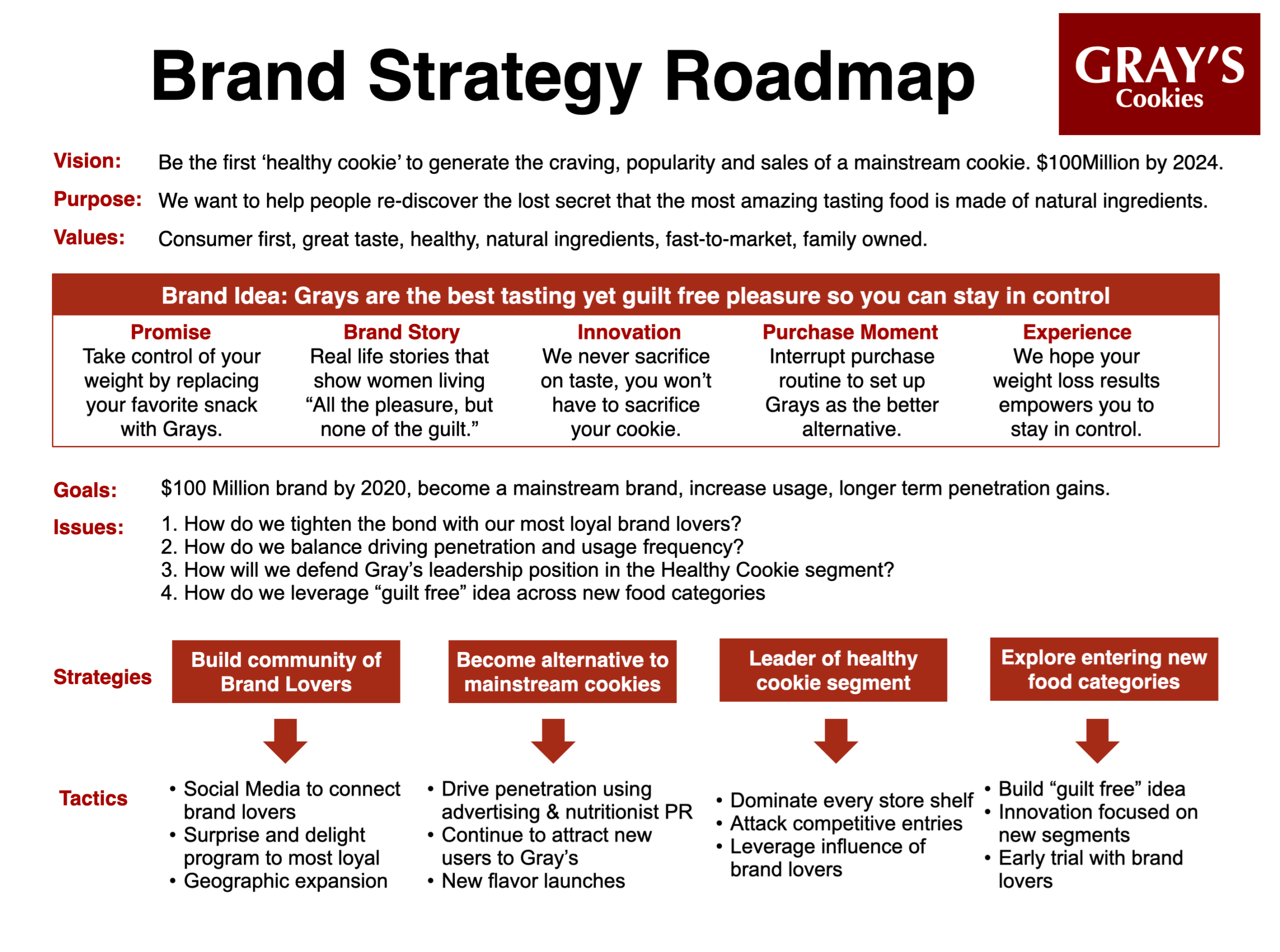
To illustrate, click on the diagram to zoom in on the brand strategy roadmap.
Brand strategy examples
To illustrate, click on the diagram to zoom in on the brand strategy roadmap.
To illustrate, click on the diagram to zoom in on the brand strategy roadmap.
Furthermore, click on the diagram to zoom in on the brand strategy roadmap.
To illustrate, click on the diagram to zoom in on the brand strategy roadmap.
